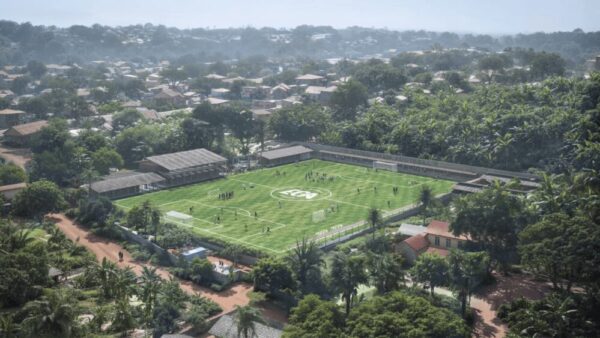It has emerged that a panel of independent scientists levelled harsh criticisms against the environmental impact study on Nicaragua’s $50bn transoceanic canal after the consultant preparing the study offered them partial sight of it.
On crucial issues such as the potential damage to Lake Nicaragua (pictured) the panel criticised UK-headquartered consultant ERM for what they called “indefensible,” “implausible,” “wrong,” and “not realistic” conclusions. They claimed there was insufficient data collection on water quality, geology, sediments, species, erosion, and fisheries.
The panel of 15 environmental scientists and engineers spent two days in March reviewing four chapters of the study in Miami, at the invitation of ERM.Â
In an 11-page evaluation obtained by Circle of Blue, a research organisation focussed on global water issues, the panel’s members concluded that ERM’s environmental study was flawed.
In a detailed response to the panel, also obtained by Circle of Blue, ERM agreed with the panel on many points and said that some analysis had been reworked.
ERM completed the study after two years on 29 May. Running to 11,000 pages, it was commissioned by the Chinese company given the concession to build and operate the canal, HKND, who handed it over to the Nicaraguan government.
Scientists in Nicaragua and elsewhere have called for the study, called the ESIA – an abbreviation of “environmental and social impact assessment” – to be opened for full public scrutiny, but the Nicaraguan government has so far avoided committing to making it public.Â
In a February statement to GCR, ERM’s principal partner in charge of the project, Dave Blaha, said: “It is our hope and recommendation that ample time will be allowed for public and expert review of the ESIA and the project design before a final Government decision.”Â
‘Illusion of science’
In an interview with Circle of Blue, one panel member, Michael T. Brett, a professor in the Department of Civil and Environmental Engineering at the University of Washington in Seattle, said: “It seemed to me that the environmental impact assessment process was to create the illusion of science.”
He added: “I had the impression that most of the sections presented to us were of the quality of a weak master’s thesis at any major research university. We kept asking, ‘Couldn’t this have been done better? It’s not very good work.'”
Responding to Circle of Blue, David Blaha, an ERM principal partner, said in a statement:
“As you may know, ERM sponsored the expert panel. We did not need to do this but we believed a project of this magnitude deserved this level of review. ERM was very appreciative of the comments we received from the panel and we responded to all of their comments in the Environmental and Social Impact Assessment (ESIA). We believe the ESIA is a robust document and objectively evaluates the effects of the project. I encourage you to review the ESIA (or at least the executive summary), once it is available, before reaching any conclusions about the document.”
For the Circle of Blue report, the panel’s assessment, and ERM’s response, see here.
Photograph: Building the canal involves dredging a deeper channel through Lake Nicaragua, which scientists fear will cause serious environmental damage (Zach Klein/Wikimedia Commons)
Comments
Comments are closed.







Another potential disaster in the making